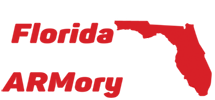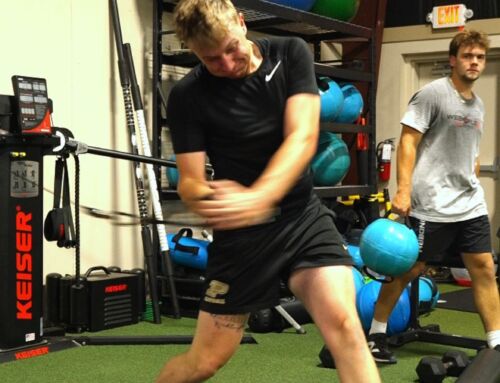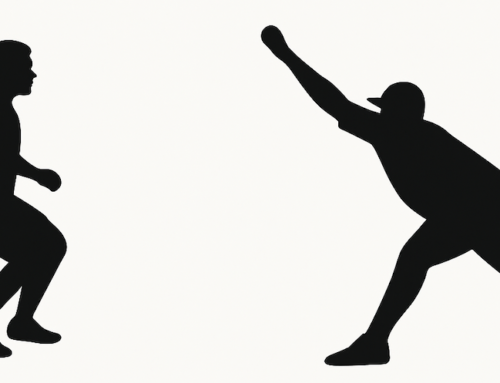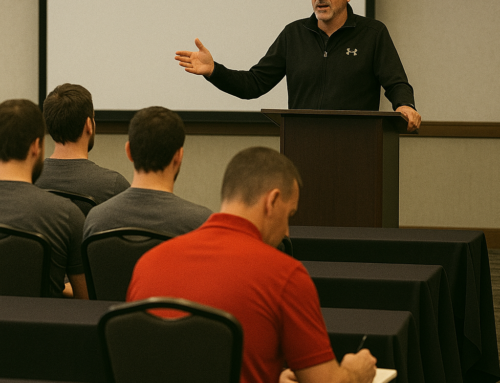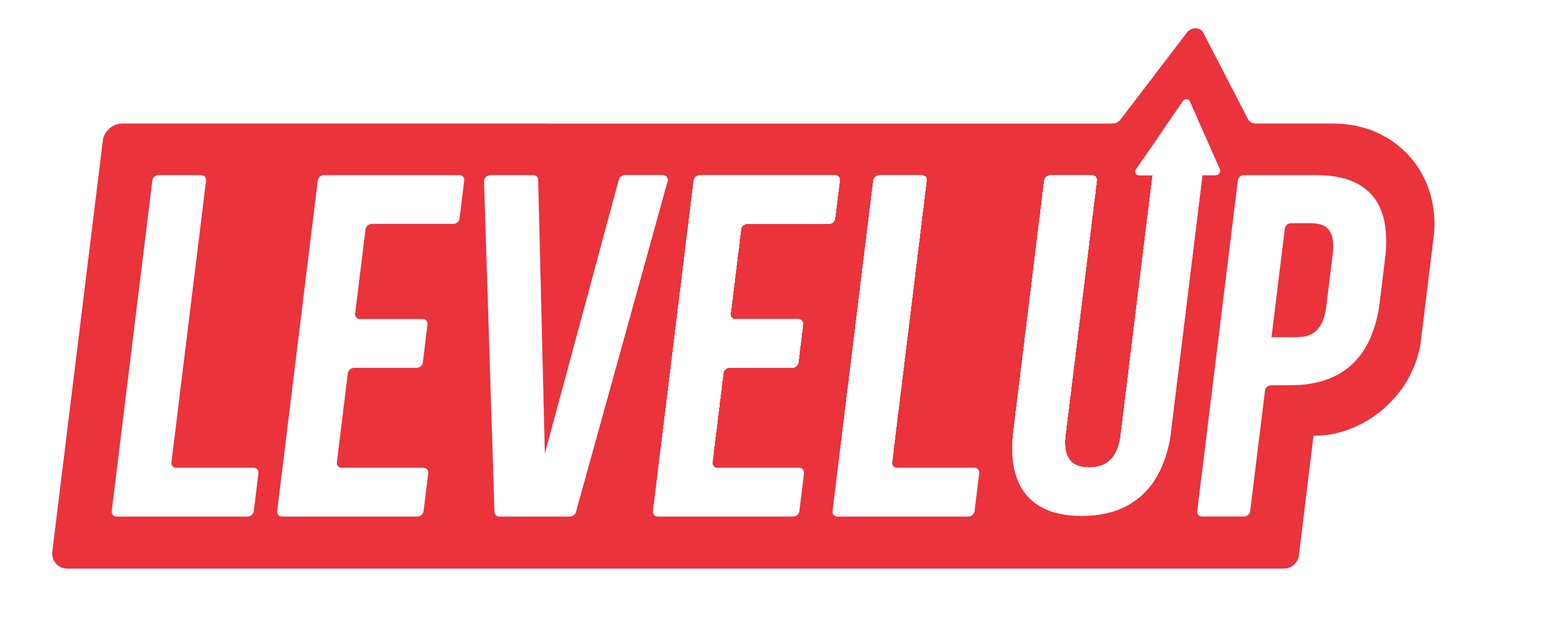
I was getting to the point where I hated the term “Next Level.” It had become so cliche, but it looked like it was here to stay.
Thankfully, a new generation came up with a much cooler term.
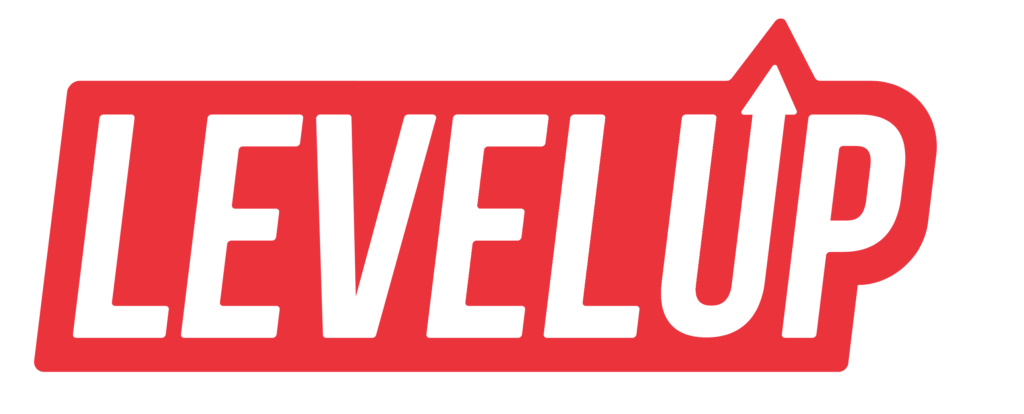
Everyone wants to level up.
Youth players want to get to high school.
High school guys want to play in college.
College guys want to make it to the minor leagues.
And minor leaguers want to make the majors.
Many players toil away while dreaming of leveling up. However, it's often unclear what they need to do to make it happen. It's one thing to dream about leveling up. It's another to learn the requirements for entry and then do something to meet them.
Whether you're ascending from Little League to travel ball, from high school to college, or from college to the pros, the criteria for entry are nearly the same.
![]() 1) Arm Health: The number one ability for a pitcher at any level is“availability.” Let's be honest. No one is interested in a program that helps you play better but gets you hurt. Also, if your body senses pain or the threat of pain, it will never let you perform at the highest level.
1) Arm Health: The number one ability for a pitcher at any level is“availability.” Let's be honest. No one is interested in a program that helps you play better but gets you hurt. Also, if your body senses pain or the threat of pain, it will never let you perform at the highest level.
Arm health is paramount, which cuts way deeper than merely managing workload. It involves linking your hardware (physical traits) to your software (movement choices). It also entails your tissue preparation (your conditioning, ramp up, your warmup), your training habits (weightlifting, long toss, weighted balls, etc…), and things like sleep, hydration and nutrition. If all of those areas are good, you can throw a lot. If those are bad, ten pitches might be too much. So, to be clear, arm health is the primary prerequisite for leveling up.
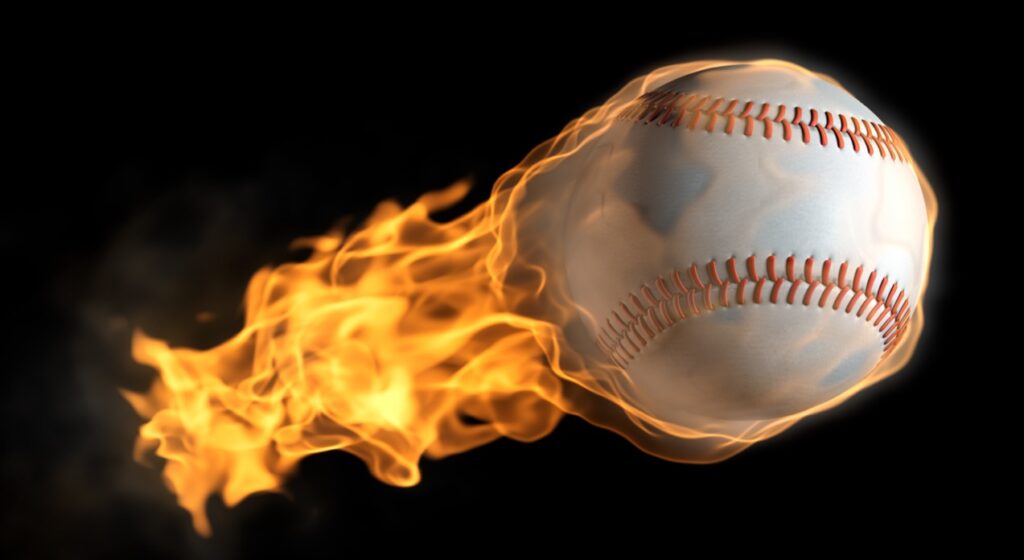 2) Velocity: Velocity is king. If you want to climb ladder in baseball, you must display a fastball 3-5 mph harder than the average of your worldwide competitive peer group. The data is unequivocal. Everything (including your off-speed stuff) works better when you throw it harder. Additionally, recruiters and scouts aren't usually the final decision-makers in selecting players. Whether intentional or coincidental, they look at prospects with a bias toward velocity.
2) Velocity: Velocity is king. If you want to climb ladder in baseball, you must display a fastball 3-5 mph harder than the average of your worldwide competitive peer group. The data is unequivocal. Everything (including your off-speed stuff) works better when you throw it harder. Additionally, recruiters and scouts aren't usually the final decision-makers in selecting players. Whether intentional or coincidental, they look at prospects with a bias toward velocity.
Suppose you're a high school guy topping out at 83, but you can pitch. If a recruiter vouches for you, he's taking a significant risk. If you get to school and fail, the head coach will blame the recruiter for making a wrong choice. If the recruiter recommends a guy throwing 95 and that guy fails, the head coach will likely blame the player.
So, the path of least resistance is for the recruiter to go after the guys who throw the hardest. It's the same in pro ball.
After arm health, if you want to level up, increasing your velocity is the next imperative.
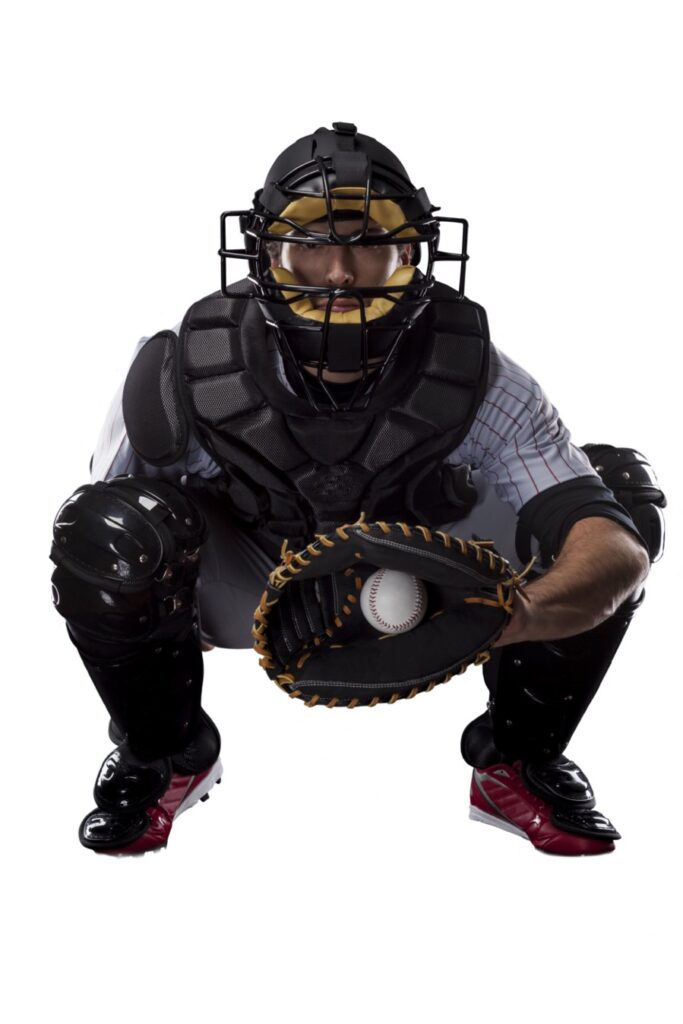 3) Command: At the ARMory, we view command and velocity as a package deal. We never slow down to throw a strike, and we never compromise on the demand for strikes when trying to throw harder. No one likes the guy who throws 95 mph off the backstop. That might be the most frustrating type of player to coach.
3) Command: At the ARMory, we view command and velocity as a package deal. We never slow down to throw a strike, and we never compromise on the demand for strikes when trying to throw harder. No one likes the guy who throws 95 mph off the backstop. That might be the most frustrating type of player to coach.
Here's a quick tip. If you want to throw more strikes, start aiming for the middle of the strike zone (you probably won't hit it). One highly successful pro team reported that when they checked a season's worth of center-cut pitches (of all varieties), 88% of those pitches went in favor of the pitcher. So aim for the middle.
Also, stop throwing 0-2 “waste” or “set up” pitches.
Nearly every amateur pitcher throws one “aw crap,” non-competitive pitch per at-bat, so you're really only working with 3 balls. If you're fortunate enough to get to a 0-2 count and throw a ball on purpose, you're now down to a ratio of 2 balls vs 3 trikes.
That's some tough sledding.
If you want to move up in baseball, you must be able to throw strikes at a level 10-15% greater than your competition.
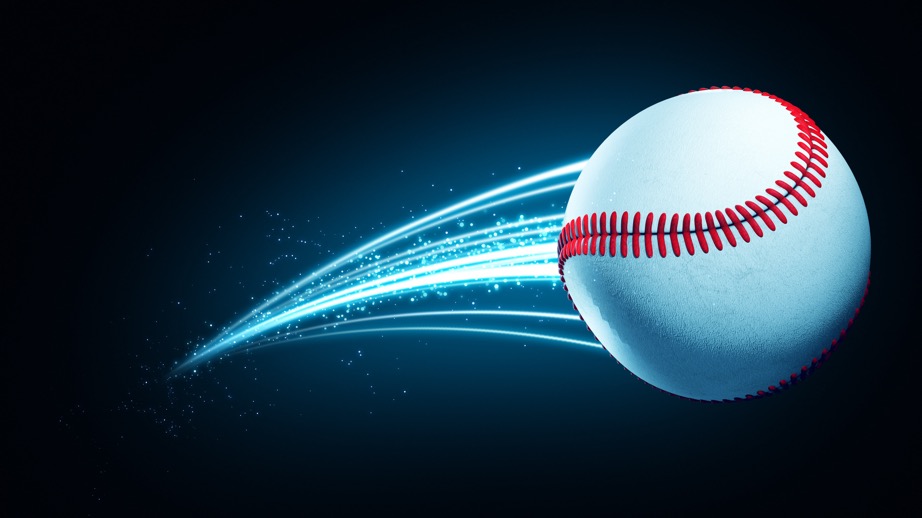 4) Secondary Stuff: “You gotta spin it to win it.” An elite fastball is great, but curveballs, sliders, and changeups generate the highest swing and miss numbers at every level. You'll need to develop outlier off-speed pitches after you've built your velocity and command. Speed will get you chosen for the next level, and command will keep you there. But wipeout secondary stuff will separate you from the masses and make you a top-level performer.
4) Secondary Stuff: “You gotta spin it to win it.” An elite fastball is great, but curveballs, sliders, and changeups generate the highest swing and miss numbers at every level. You'll need to develop outlier off-speed pitches after you've built your velocity and command. Speed will get you chosen for the next level, and command will keep you there. But wipeout secondary stuff will separate you from the masses and make you a top-level performer.
The most common problem I see when pitchers can't create shape or movement on an off-speed pitch is that they try to manipulate the pitch with their wrist and hand.
They do so because they don't manage their pelvis and lower half well and consequently don't release the ball out in front. so they have to influence the pitch with their wrist and hand.
That rarely works.
If you want to develop an elite off-speed pitch, find a grip you like, keep your wrist stiff, hinge, lock, and close your pelvis, and hang onto the ball as long as you can.
Remember, your movement creates the data when looking at ball flight information from Track Man or Rapsodo.
When trying to level up, which is the most critical variable, arm health, velocity, command, or stuff?
At The ARMory, the answer to that question is a resounding “Yes.”
In SAVAGE Training, we're not exclusively chasing velocity. We're also not focusing solely on command or directing all our attention toward building elite secondary stuff.
At The ARMory, WE WANT IT ALL.
We're not interested in developing “average” pitchers. We want to develop players who far exceed their peers and present the tools next-level decision-makers are looking for. Frankly, we've gotten pretty good at achieving that goal.
Since we opened our doors in 2008:
- Over 400 pitchers have learned to throw fastballs greater than 90 mph.
- Our students have earned millions in college baseball scholarships.
- ARMory guys have garnered more than 22 million in signing bonuses in the last five MLB amateur drafts.
- A dozen ARMory students are currently pitching in the big leagues.
Right now, you're probably asking how we do it.
Two words:
SAVAGE Training:
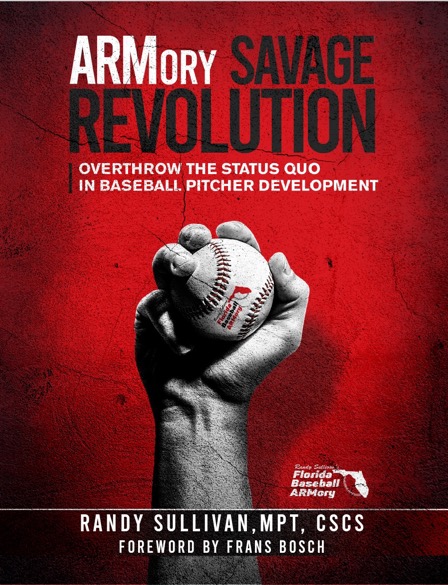 Our revolutionary SAVAGE Training Process has turned baseball player development on its ear. It has positively impacted thousands of ARMory Guys from around the world.
Our revolutionary SAVAGE Training Process has turned baseball player development on its ear. It has positively impacted thousands of ARMory Guys from around the world.
SAVAGE is an acronym.
It stands for Specific Adaptation thru Variability And Goal-directed Experiences. In SAVAGE Training, instead of working on an infinite collection of mechanical details, we zoom out and direct our efforts at nine universal movement principles that are the building blocks of athleticism. These attractors are common to every high-intensity movement in sport.
For years, one of the limiting factors in teaching pitchers is that it is impossible to get enough reps in to get great at pitching.
Now that we understand the nature of these movement attractors, it's clear that you can work on these movements at home, in the gym, in your backyard, or in a hotel room. For the first time in history, you can get better at pitching without actually pitching.
The magic of SAVAGE Training is that we focus on movement, not mechanics.
You're three steps away from the decision that will change the trajectory of your baseball career.
1) Click on one of the Baseball Training Programs in the menu bar, or call Amy at 866-787-4533.
2) Get here and let us conduct an extensively thorough multidisciplinary evaluation and design a hyper-individualized training plan design.
3) Execute your individualized SAVAGE Training Plan under the guidance of our world-class instructors and watch your life change.
It's time to Level Up!
Let's get SAVAGE!
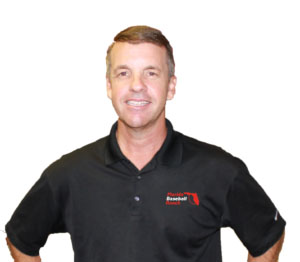
Randy Sullivan, MPT, CSCS CEO, Florida Baseball ARMory
